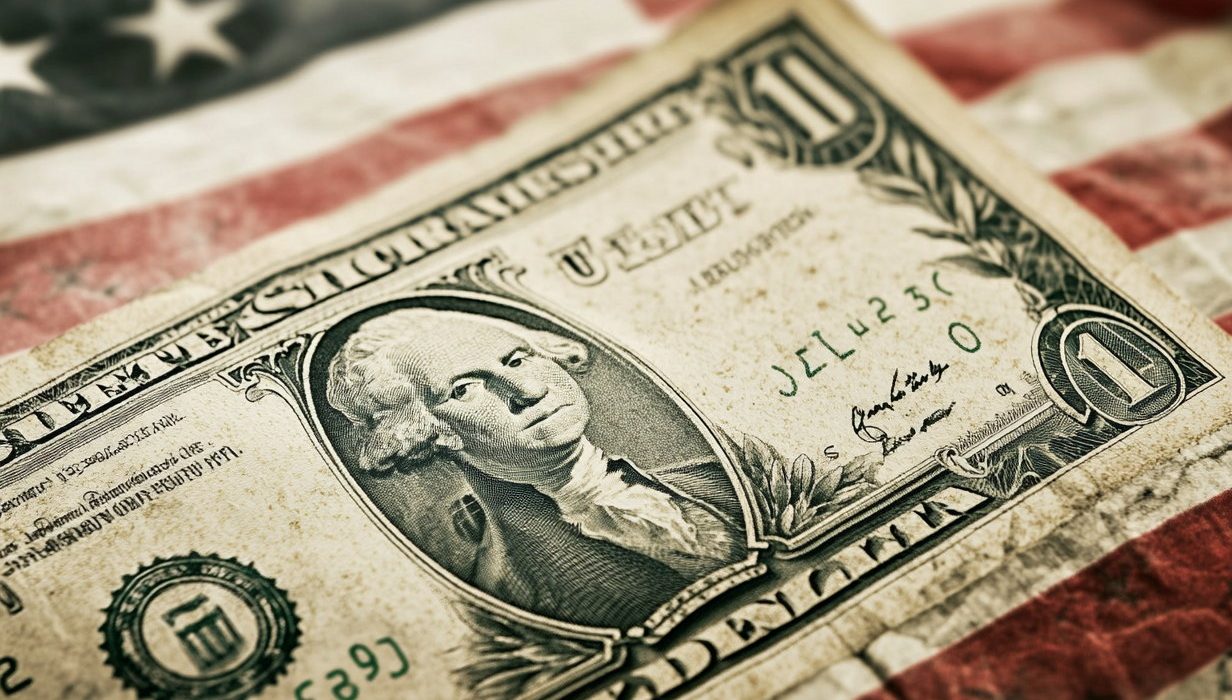U.S. savings bonds can be a great investment. They’re safe, they offer a fixed interest rate, and they’re not subject to state or local income taxes. It’s relatively simple to cash in savings bonds that have matured and are no longer earning interest. You may have received them as a gift from your grandparents or you might have bought them through a payroll deduction on your first job. Even bonds that haven’t yet reached maturity may be worth turning in if you need access to cash.
Most bonds can be cashed in after one year, but you’ll lose three months’ worth of interest if you cash them in before five years. You’ll still get them back at their current value, however.
Series EE Bonds
Series EE Bonds, the standard first issued in 1980 and still being issued in 2025, were designed to pay interest for up to 30 years. Any bonds dated 1989 or earlier—the first generation, so to speak—will have stopped paying by the end of 2019. Their value was frozen at that time so there’s no reason other than nostalgia to hang onto them. You can cash them in instead and put the money to more productive uses.
Your grandparents might have bought you a Series E savings bond before the advent of Series EE bonds. Those were issued from 1941 to 1980 and all of them have stopped earning interest, too.
Series I Bonds
Series I bonds pay a combined fixed and inflation-adjusted rate. They were first issued in 1998. They’re good for 30 years so the earliest of them will stop paying interest in 2028.
How much unclaimed money is out there in the form of savings bonds that have stopped earning interest but have yet to be redeemed? The National Association of State Treasuries estimates that it’s about $32 billion.
Other Bonds
There are other bonds out there, too, including Series HH savings bonds that were issued between 1980 and 2004 and then discontinued. These bonds had a 20-year maturity rate so they could still be earning interest if you bought a bond in the later years.
Series HH bonds are more difficult to cash in than others. You must send them to Treasury Retail Securities Services along with a specific form. You can’t cash these bonds in at a bank, unlike some others.
There are also Patriot Bonds and Gulf Coast Recovery Bonds. These were tied to moments in U.S. history and are no longer sold, but they may have a cash value and/or be earning interest. There are also Armed Forces Leave Bonds which were issued as compensation for accumulated leave and paid out to members and former members of the Armed Forces who served in World War II.
What Are Your Bonds Worth?
You can use the Savings Bond Calculator on the TreasuryDirect website to determine the value of your old bonds. You’ll need the type of bond, its denomination, and the date it was issued. There’s also a place to type in your bond’s serial number, but you don’t need that to get a value. The calculator’s answer may pleasantly surprise you. A $50 bond issued in August 1982, for which someone would have paid $25, is now worth $146.90. A $100 bond from February 1984 is good for $230.64.
You may be able to file a claim for the bonds with the Treasury by filling out Fiscal Service Form 1048, Claim for Lost, Stolen, or Destroyed United States Savings Bonds, if you believe you own some old savings bonds but have lost track of them. The popular online tool Treasury Hunt can help you along as well.
There are rules for cashing in bonds. If you hold electronic bonds in TreasuryDirect, you must cash a minimum of $25 or any amount above that in 1-cent increments. If you only cash a part of a bond’s value, say $25 of a $100 bond, you have to leave $25 or more in your Treasury Direct account. Your money is made up of interest on the bond and the principal amount when you cash it.
Some different rules apply to paper bonds and they vary depending on the type of paper bond you own. Some financial institutions won’t cash bonds, but others will. If you mail in your paper bonds and send them directly to Treasury Retail Securities Services, the website says it will cash them if you meet all the requirements for cashing them in with the Treasury. Electronic bonds can be split up, but you have to redeem them for the total amount of the bond if you own individual paper bonds.
How to Cash In
You can redeem your old paper bonds at many banks and other financial institutions. The TreasuryDirect website doesn’t maintain a list, but suggests that you call around. Bear in mind that savings bond interest is subject to federal income tax, but not state or local tax.
You can either report the interest and pay tax every year that you hold the bond or you can wait until the end and pay the tax all at once as most people do. You’ll receive an IRS Form 1099-INT reflecting your taxable gain after redeeming your bonds.
You can cash your bonds out in full with a minimum of $25 if your bonds are electronic, but you have to keep $25 in your TreasuryDirect account if you cash only a portion of a bond’s value. Paper bonds can’t be split up like electronic bonds. You can log into your TreasuryDirect account to cash your electronic savings bonds. The cash amount you earn from your bond can be credited to a savings or checking account via your TreasuryDirect account. The transaction usually takes approximately two business days from the day you redeem them online.
Rules for when you can cash in a savings bond usually depend on the type of bond issued. You must generally have owned the bond for an entire year to cash it in, at least 12 months from the date the bond was purchased. You can go ahead and cash in your bond after the one-year mark, but you’ll be hit with a penalty of three months’ interest earned on the bond.
There’s no penalty if you simply hold onto the bond after five years and there’s value in holding onto most bonds. The longer they mature, the more interest they earn.
How Do I Cash in Savings Bonds?
You can cash in most paper bonds at your bank or credit union. You can cash in electronic bonds online with TreasuryDirect, which will send the cash from the bond to your savings or checking account within two business days. There are some bonds that you can’t cash at your bank, including HH Series savings bonds.
Where Can I Cash in EE Savings Bonds?
You only have to log into TreasuryDirect and follow their directions to cash in your Series EE savings bonds. If you’re cashing a full or partial amount, it can be sent from TreasuryDirect to your checking or savings account. You can just ask your bank or credit union if you have paper bonds.
How Can I Avoid Taxes When Cashing in Savings Bonds?
Avoiding taxes when you cash out your bonds depends on a few criteria. Series I Bonds can be used tax-free to pay for education costs. They’re subject to federal taxes but not state and local taxes.
You can pay taxes on the interest each year or you can pay it at the end of its term when you purchase Series EE or Series I bonds. Overall, you must pay tax on the interest the bond earns if you cash it out unless it’s used for education or under other specific conditions.
The Bottom Line
Don’t sit on cash that’s coming to you, but it’s a good idea to record what the Savings Bond Calculator says they’re worth before you cash in your bonds to ensure that you get every dollar you’re owed.
Be prepared to pay taxes on the interest earned when you cash out. It may make sense to pay taxes each year on the interest earned if you’re nervous about a large tax bill at the end of the bond’s earning life, say 20 or 30 years. Ask your bank or credit union if you can cash out your paper bonds and be sure to set up an account with TreasuryDirect if you purchase or are given electronic bonds so you can cash them quickly. Don’t try to cash them out too early, however, before five years, because you’ll be hit with a penalty.







